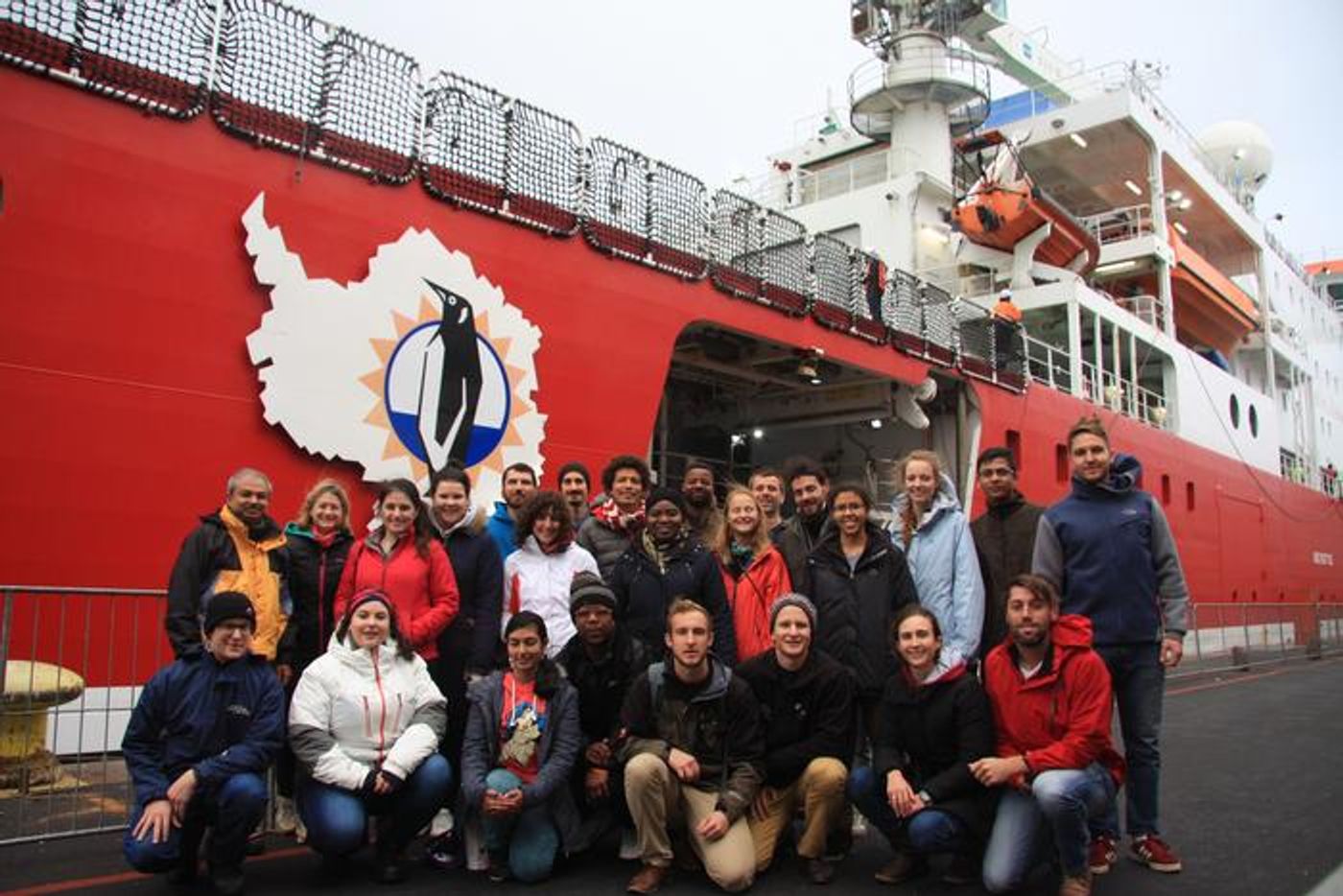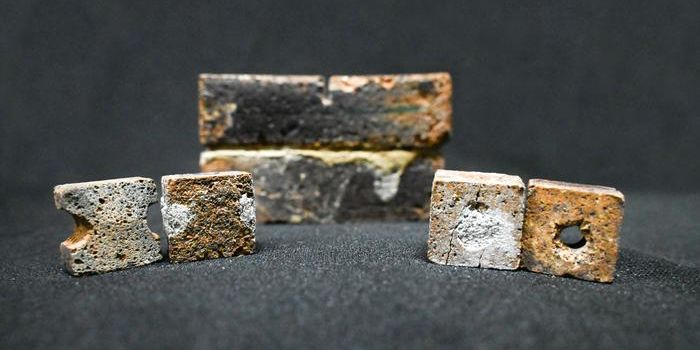What is Zinc's Role in Global Cycles?
The planet has many interconnected cycles. A new study in Science has examined the role of inorganic Zinc (Zn) in the biological process and carbon cycles of the world's oceans. This effort was focused on the Southern Ocean, which plays a crucial role in the productivity of tiny organisms that help take up carbon dioxide - phytoplankton. Zn can be found at trace levels in seawater, and it's a critical micronutrient that aids marine biology, and in particular, the growth of polar phytoplankton.
Phytoplankton are microscopic algae that tend to float in the upper levels of the ocean and use sunlight to grow and survive. They include shell-covered dinoflagellates that use a tail or flagella to move around, and diatoms, which have a rigid, interlocking structure and use currents to move instead of propelling themselves.
In this work, the researchers collected water and sediment samples from different levels of the Southern Ocean, which were assessed back at the lab with X-ray spectroscopy. The scientists were trying to learn more about how Zn is linked to other nutrients like phosphorous, and why it is often coupled to silica. The status of Zn's association with other particles can affect the level of dissolved Zn that is available for organisms to use.
The investigators determined that in organic portions of seawater, levels of Zn are higher in summer and are readily available for phytoplankton to use. Zn that was associated with atmospheric dust, derived from rocks and dirt, was also found in these samples.
"Due to poor growing conditions in winter, Zn particles are literally scavenged by inorganic solids such as silica, abundantly available in the form of diatoms, as well as iron and aluminum oxides," explained co-first study author Dr. Ryan Cloete, a postdoctoral fellow at the Laboratory of Environmental Marine Sciences (LEMAR). The skeletons of diatoms are made of silica, which can explain the strong link between Zn and silica in the ocean.
When Zn is attached to organic material, it's easier for marine organisms like phytoplankton to use it. However, mineral Zn is hard to dissolve and is less available for uptake. It can also form aggregates that sink down, where they are even less likely to be used by phytoplankton.
As the oceans of the world get warmer due to increasing levels of atmospheric carbon dioxide, and climate change, erosion will also likely increase. That erosion causes more dust to enter the atmosphere, bringing more Zn to the oceans that will be scavenged, and less available for marine life, noted study co-author Professor Alakendra Roychoudhury of Stellenbosch University.
This effort also provides a framework for studying the role of other micronutrients in the ocean and in global cycles.
"Like Zn, the distribution of copper, cadmium, and cobalt could also experience climate-induced changes in the future," Cloete said.









